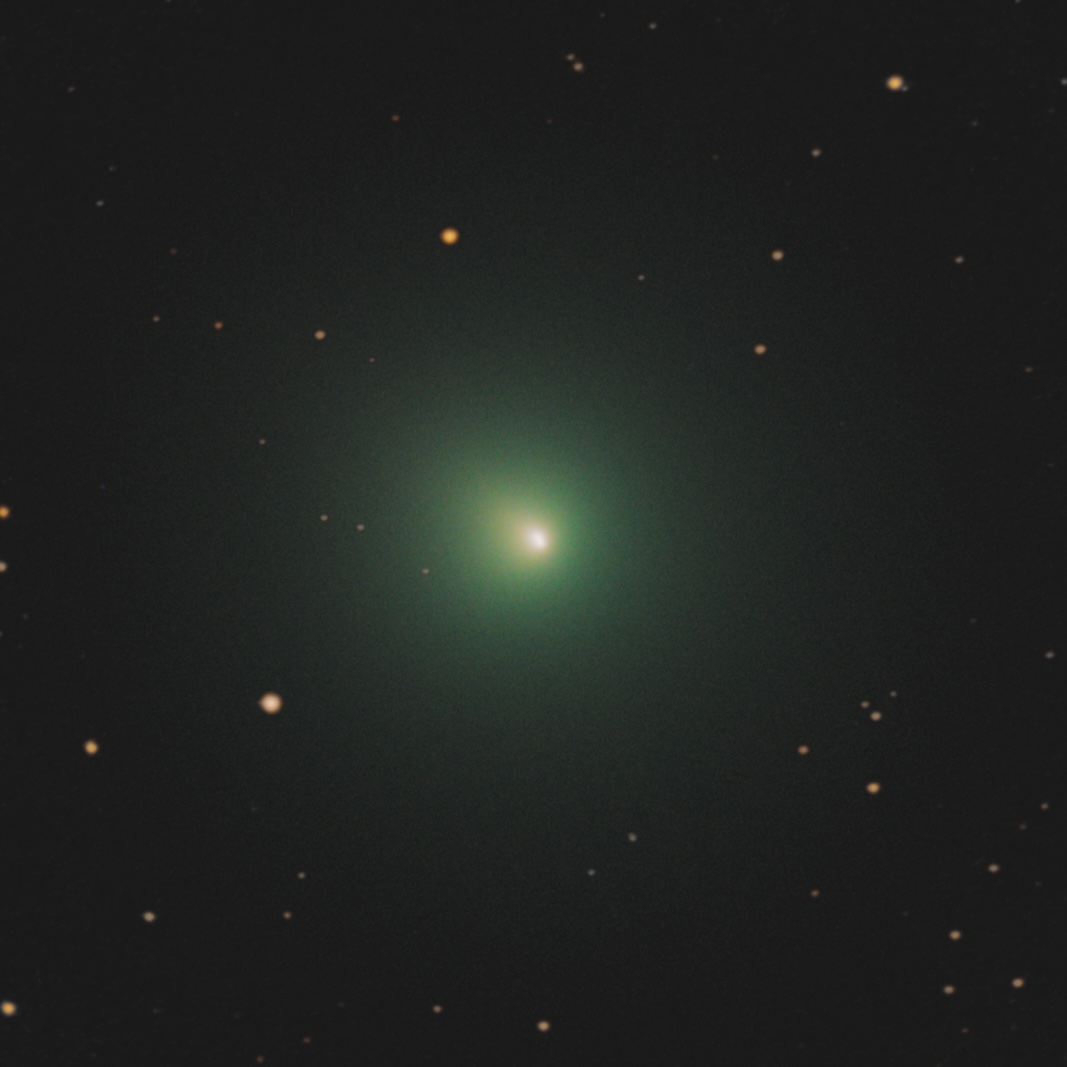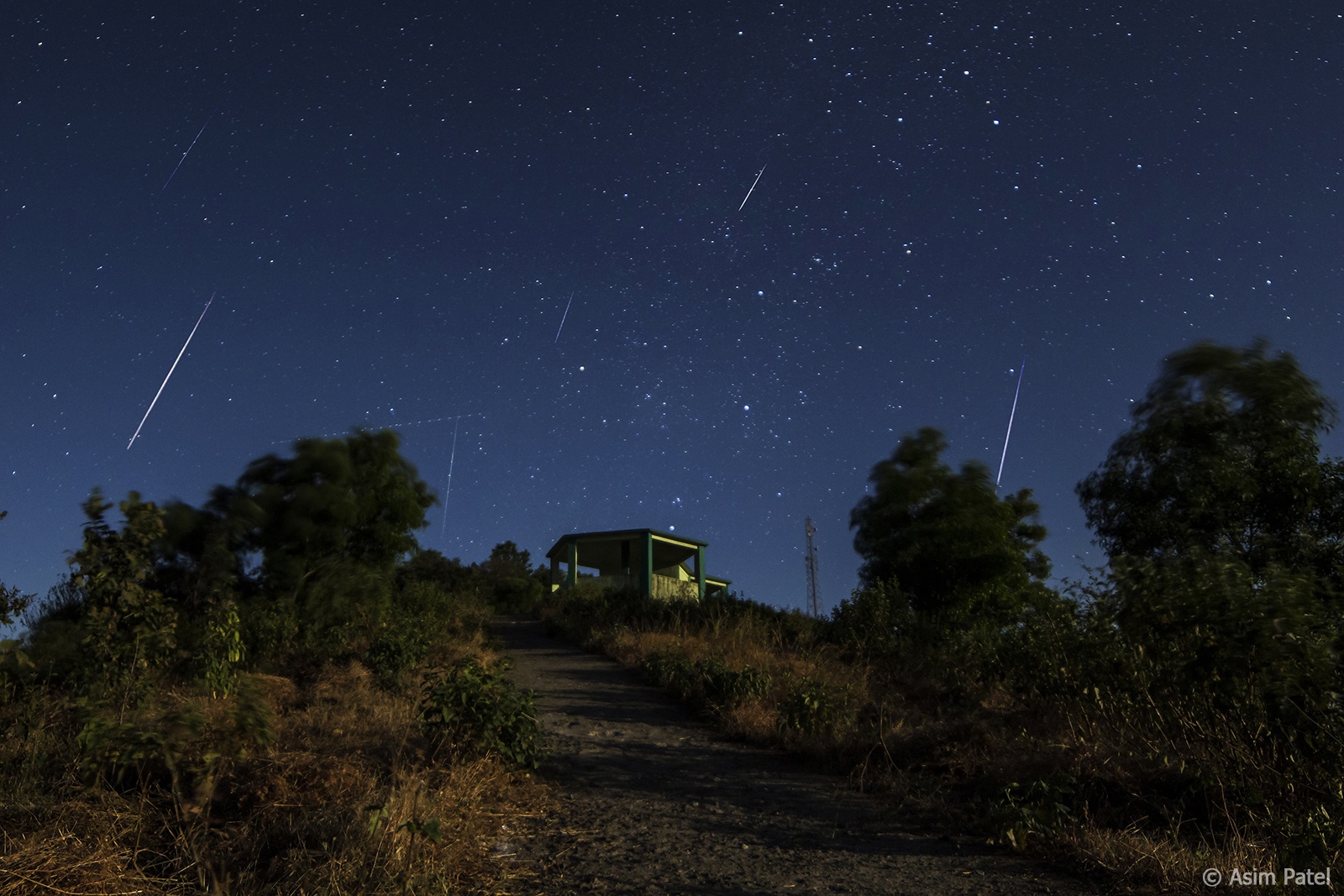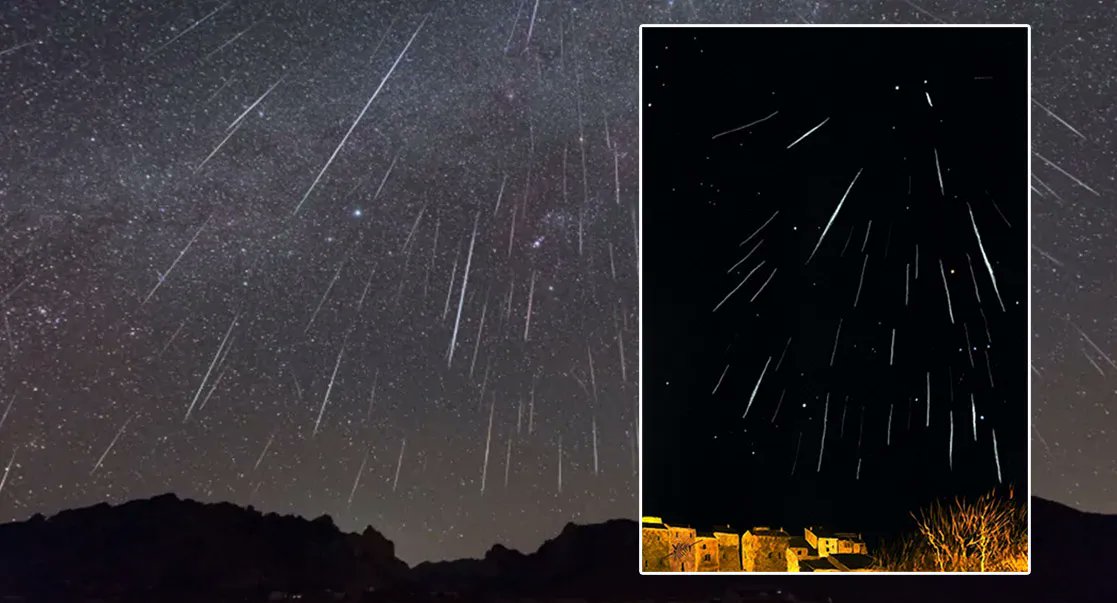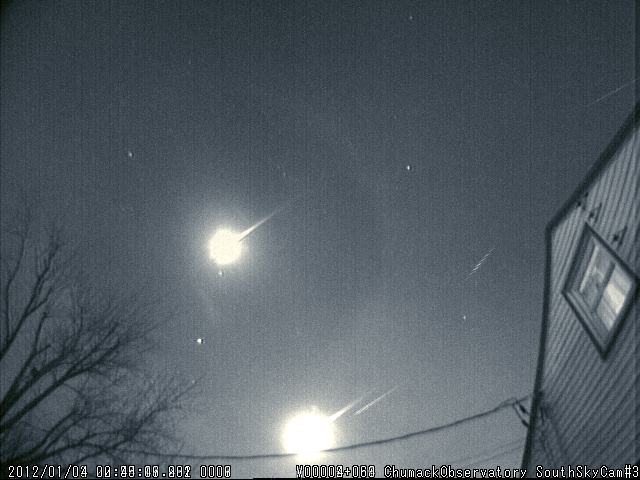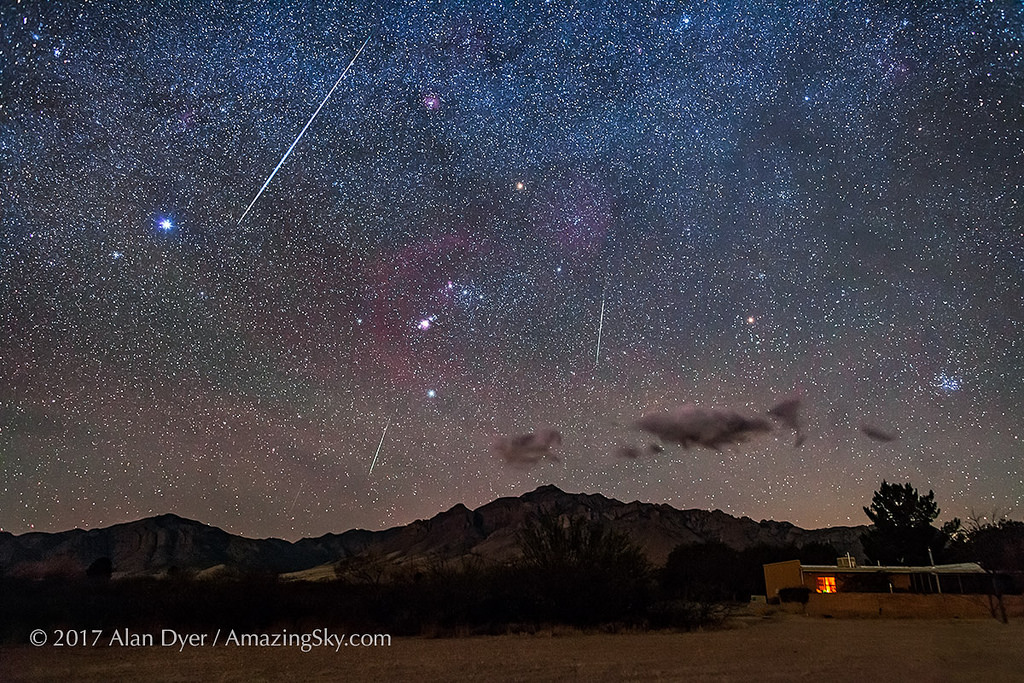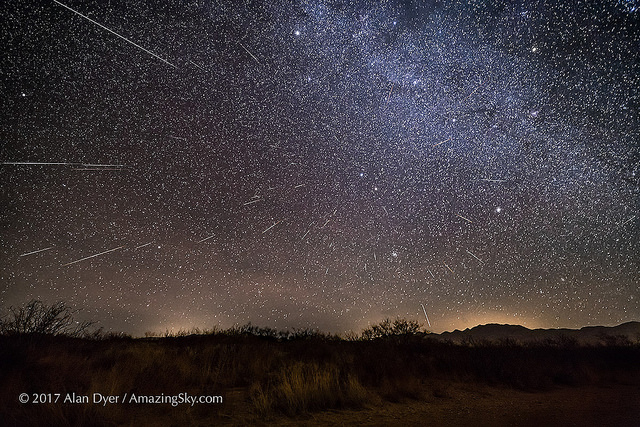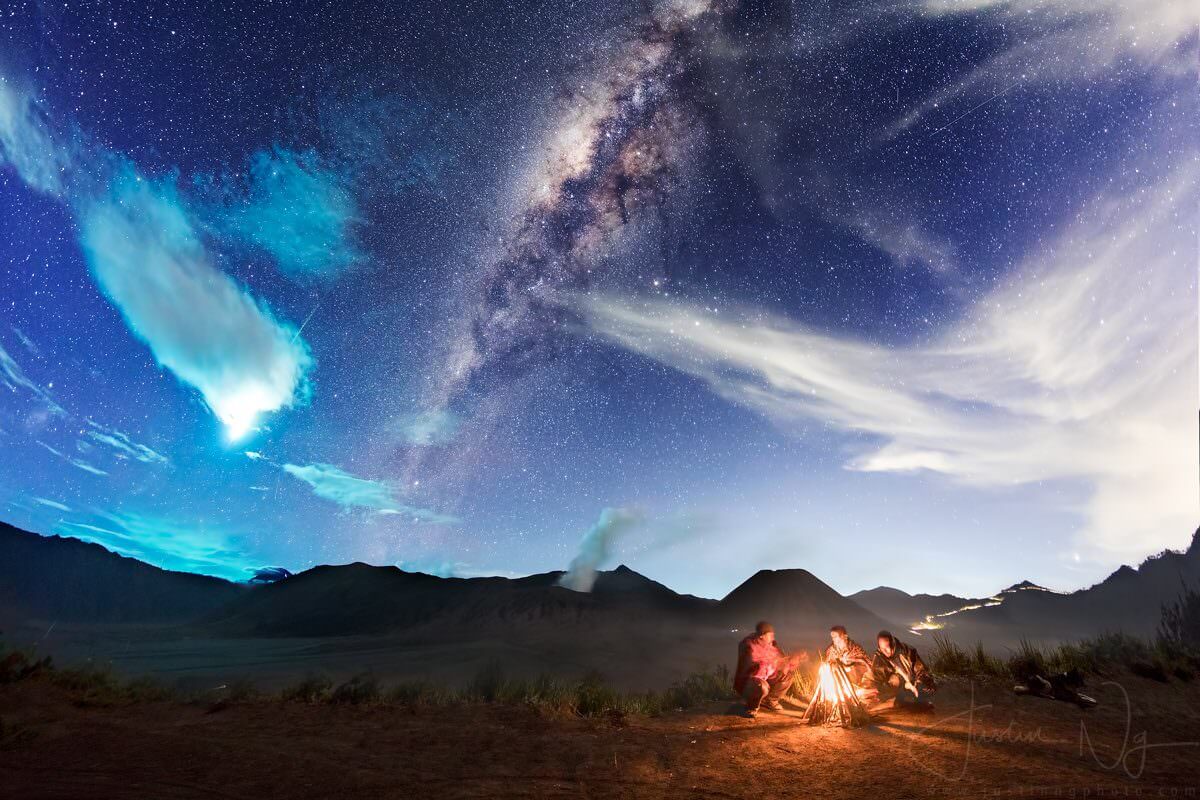There are good reasons to keep an eye on the Leonid meteors this year.
It’s still one of the coolest things I ever saw. I was in the U.S. Air Force in the 90s, and November 1998 saw me deployed to the dark skies of Kuwait. That trip provided an unexpected treat, as the Leonid meteors hit dramatic storm levels on the morning of the 17th. Meteor came fast and furious towards local sunrise, often lighting up the desert floor like celestial photoflashes in the sky.
Once every 33 years or so, the ‘lion roars,’ as Leonid meteors seem to rain down from the Sickle asterism of the constellation Leo. And while the last outbreak was centered around the years surrounding 1999, there’s some interesting discussion about possible encounters with past Leonid streams in 2024.
Continue reading “Is an ‘Off-Year’ Leonid Outburst in the Cards For November?”



